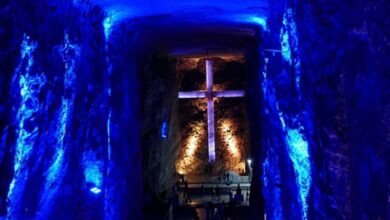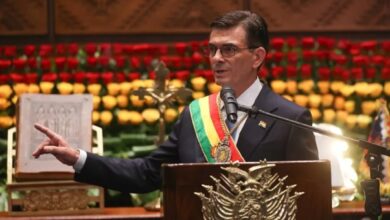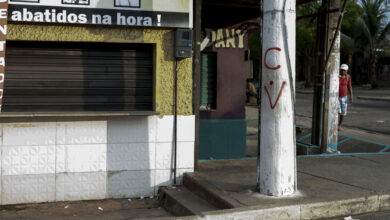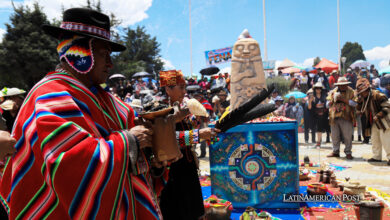Bolivian Artisans Revive Ancient Awayu Textiles In Modern Designs
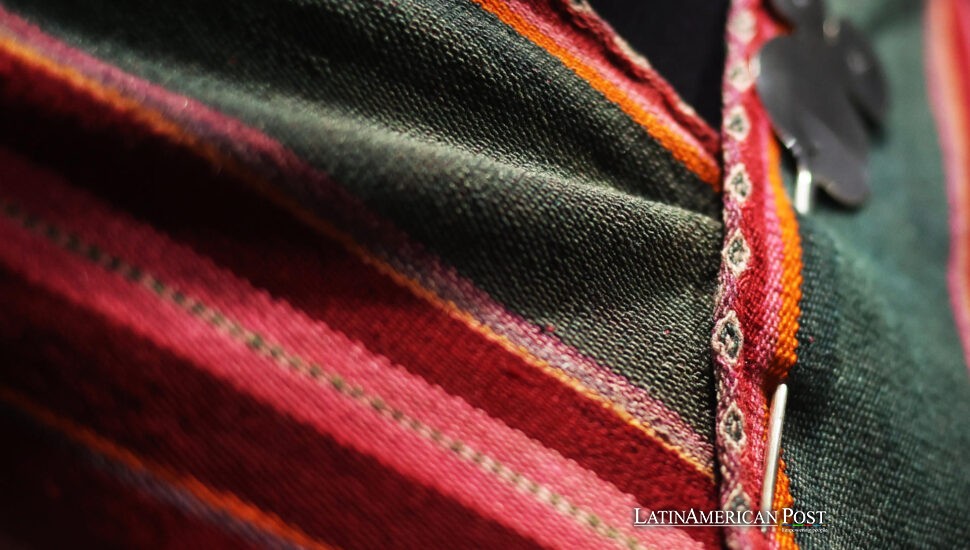
Handwoven Indigenous textiles known as “always” have accompanied Bolivians for centuries, storing memories, science, and spiritual significance in their threads. Today, these colorful pieces of living history are finding fresh appreciation in a new museum exhibition that celebrates their vital legacy.
Threads That Carry Life
In La Paz, Bolivia, a newly opened exhibition titled Memorias del awayu y llijlla: protectoras y transportadoras de la vida is illuminating the centuries-old journey of the country’s most iconic Indigenous textiles. Curated by artist, poet, and museum director Elvira Espejo and researcher Edwin Usquiano—both of Aymara heritage—the show at the National Museum of Ethnography and Folklore (Musef) reveals how awayus (in Aymara), llijllas (in Quechua), or aguayos (a Spanish term) fuse ancestral knowledge with contemporary artistry.
Espejo explains to EFE that these cloths are “alive,” encoding everything from advanced mathematics to spiritual traditions. “Many times, outside scholars only see a superficial layer because they’re not weavers,” she says, noting how careful calculations of warp and weft create the intricate patterns and symbols. To the untrained eye, an away might merely be a vibrant piece of cloth. Still, in the hands of Indigenous artisans, it serves as a carrier of identity, stories, and intangible values.
The threads’ deeper meaning becomes clear when considering their uses. Awayus hold agricultural produce, cradle newborns—called wawas in Quechua—and even play key roles in childbirth rituals. These portable “containers of life” have accompanied Andean families across mountains and valleys for centuries, passing knowledge down through each carefully woven fiber row.
Across Eras: From Archaic Textiles to Fast Fashion
Divided into three sections, the exhibition chronicles the period from the archaeological era to the colonial and modern times. Around 30 artifacts are on display, including modern reproductions of textiles dating as far back as 1420, original cloths from 1700 to 1900, and contemporary pieces. Public University of El Alto (UPEA) students also contributed paintings depicting older awayus in historical settings.
Researcher and co-curator Edwin Usquiano tells EFE that the earliest items, named aqhullas and llaqhutas, were typically made from llama or alpaca fibers and served functional and ceremonial roles in pre-colonial societies. Women used the aqhulla to cover their backs or carry infants, while the llaqhuta—two joined panels—was worn by men as a protective cloak. Over time, colonial influences introduced pieces like mantiyus, woven in a mix of dark and light stripes, while older iconographic patterns were relegated to ceremonies.
Eventually, the republican era saw larger, bolder imagery woven into daily garments. In the show’s modern section, visitors learn about the continuing evolution of awayus, including diagonal cloths men now use for festivities, horizontal designs for carrying goods, or kimsa khallu (“three panels”), a bright, large-patterned variation emblematic of highland festivities.
However, as the exhibit reveals, not all progress has enhanced the craft. With industrialization, many artisans have turned to synthetic acrylic threads, overshadowing organic fibers from alpacas, llamas, or sheep that once formed the backbone of these weavings. Espejo says these cheaper industrial inputs feed a “fast fashion” mindset, overshadowing the delicate, ritual-rich process of collecting, spinning, and dyeing natural fibers. “We’re consuming artificial Chinese fabrics that are very cheap, but we lose the inherent health and ecological benefits of organic cloth,” she laments to EFE.
This trend also dilutes the intangible energy—qamasa and Ajayi, in Aymara—that weavers infuse into cloth made from natural threads. “Each step used to be a ritual,” Usquiano notes. Weavers asked protector deities for permission to harvest animal fibers, which gave the completed woven item spiritual harmony.
Reclaiming Indigenous Science and Identity
By offering a window into awayus’ complex mathematics, language, and heritage, the Musef hopes to inspire younger generations to look beyond surface beauty. The show’s organizers want visitors to see these textiles as dynamic “living books,” holding knowledge and cultural memory that can guide Bolivia’s future. “It’s about reclaiming the science and technology inside these ancestral designs, so it is not lost to time,” Espejo explains.
This perspective underscores Agous’ resilience through centuries of upheaval: from pre-Inca civilizations experimenting with colorfast dyes to colonial times when specific patterns were banned from daily wear to modern market pressures that undervalue manual labor. Agous has always adapted at each turn, showing that the seeds of identity remain rooted in every warp thread.
In the future, many in the weaving community believe their art can thrive again if greater respect and fair compensation meet artisans’ work. Some designers in Bolivia are already reintroducing organic textiles into fashion lines, bridging tradition with modern style. Others focus on education—teaching weaving techniques to local youth or collaborating with anthropologists to decode older symbols.
For now, the exhibit stands as a call to action, drawing Bolivians to reflect on their cultural inheritance while also showing how these textiles remain vital. “We want people to understand each piece is the result of centuries of knowledge,” Espejo says. “They are living testimonies that transport ideas, carry children, and preserve a heritage that belongs to us all,” Espejo adds.
Also Read: Hispanocuban Habanos Joyful After US Ruling Solidifying Historic Cohiba Rights
Visitors exit the museum, newly aware that awayus can be as expressive and contemporary as any high-fashion garment yet infinitely more rooted in Bolivia’s land and spirit. In that dual identity—both a historical artifact and a living extension of ancestral wisdom—these textiles reaffirm their rightful place at the center of Bolivian self-expression.

